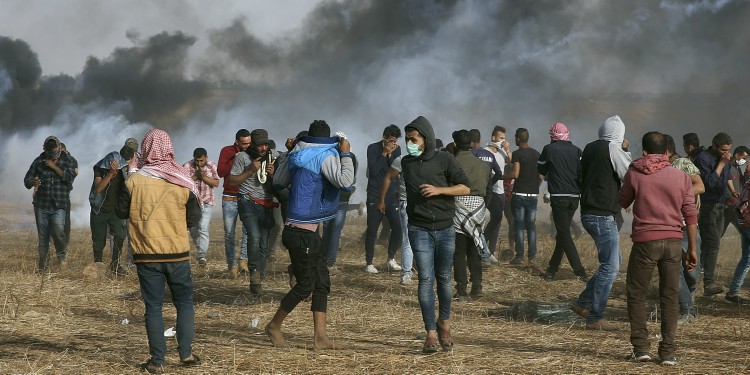The Gaza Conundrum

On May 14, 2018, at the exact moment that Israel was celebrating the opening of the new U.S. Embassy in Jerusalem, I sat across the desk from a senior Israeli official in Tel Aviv. He was in a foul mood. He looked as if he hadn’t slept much. He rubbed his eyes, scratched his stubble, and blurted suddenly, “Gaza is a problem from hell.”
Amid all the embassy fanfare, Israeli officials were beginning to realize the Gaza border protests that had erupted on March 30, celebrated on social media as the “Great March of Return,” would not soon end. And the Israelis were finding them increasingly difficult to handle.
Israel is equipped to fight a wide range of wars, but not against the so-called weapons of the weak. Gazans were sending flaming balloons across the border into Israeli territory. The terrorist group Hamas, according to an Israeli military spokesman, was paying children to skip school and rush the border. Militants then fired at Israel from behind these human shields. Unable to disperse the crowd with tear gas or other crowd-control methods, the Israel Defense Force (IDF) began to open fire.
My interlocutor let out a heavy sigh. “We don’t have creative solutions for this right now,” he said.
Read More: Commentary